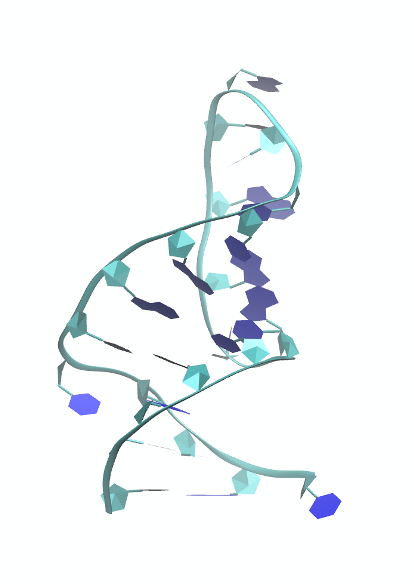

Silencing the expression of genes is of great interest both as an investigative tool as well as a potential therapeutic. MicroRNAs (miRNAs) are ~22 nucleotide-long noncoding RNAs that control gene expression via direct regulation of messenger-RNA degradation and translation to proteins. miRNA mimics have revolutionized the manipulation of gene expression and are being explored as therapeutics, along with carriers that can successfully transport them to their site of action.1 Computer simulations that investigate the structures and dynamics of these molecules are powerful tools for the design of novel therapeutics by fine-tuning of their physical properties. Some molecular-level modelling efforts have already been made towards understanding aspects of their recognition and dynamics, yet much remains unknown.2,3My project focuses, on one hand, on the systematic assessment and development of force field parameters and enhanced sampling methodologies for the simulation of simple (natural) and modified RNAs, with a special focus on a novel, chemically-modified miRNA with proven efficacy against glioma.4 On the other hand, I am exploring the conformational profiles of peptide carriers that facilitate the transportation and release of therapeutic miRNAs inside the cells under different physiological conditions. The study of peptide-miRNA complexes will reveal important features for the binding, transportation, and release of miRNAs, and hint at new designs for this new generation of therapeutics.